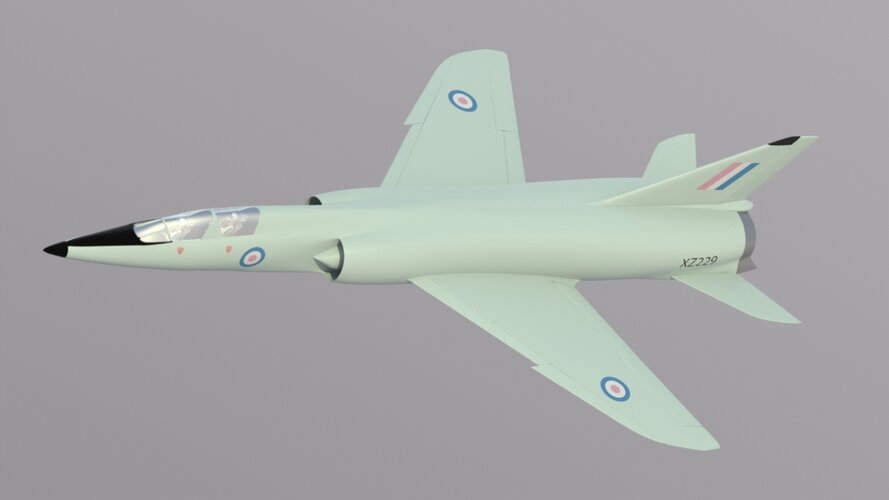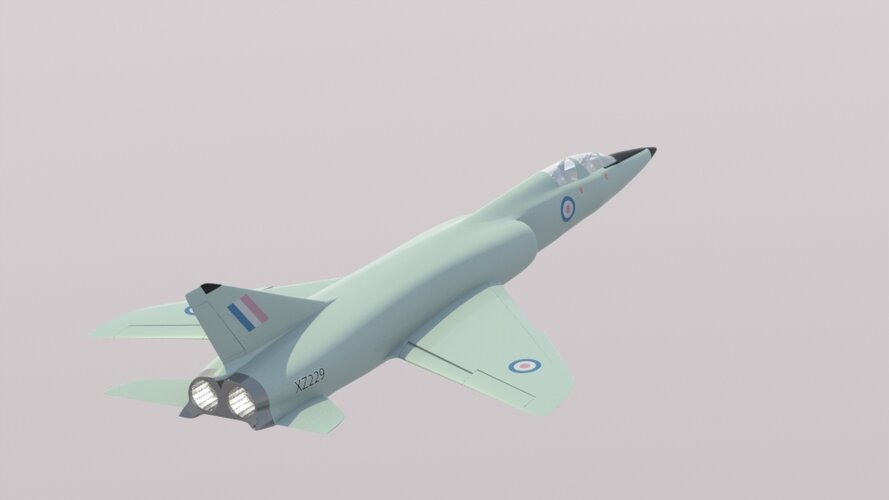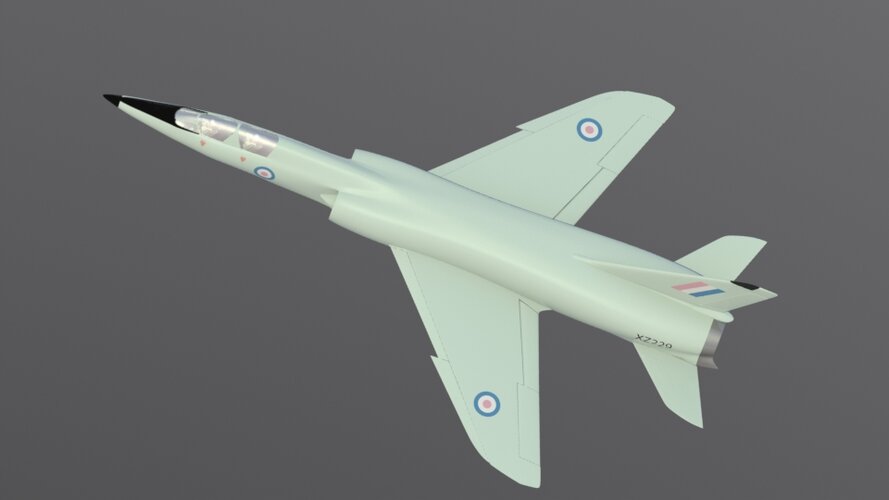- Joined
- 27 September 2006
- Messages
- 5,744
- Reaction score
- 5,639
Encouraged by the excellent threads on Tornado II and a Fantasy Lightning I am going to start one on a Tactical Fighter for the RAF in the late 1950s.
No politics, just a Schneider Trophy style competition with no holes barred and a juicy Spitfire style winner.
My own preference is for something based on the P1121. Hawkers are far and away the most successful airframe designer this country had in the postwar period (Hunter, Harrier, Hawk).
Systems can be fitted to beef it up and there is room under the wings and fuselage for decent armament.
In comparison Lightning is difficult to fit with weapons and radar as well as thirsty and difficult to maintain.
Delta wing aircraft may make good fighters or bombers but the swept wing has a number of advantages for tactical fighters (VG is too complicated at this stage).
Well I have set up the sketchpad ..
No politics, just a Schneider Trophy style competition with no holes barred and a juicy Spitfire style winner.
My own preference is for something based on the P1121. Hawkers are far and away the most successful airframe designer this country had in the postwar period (Hunter, Harrier, Hawk).
Systems can be fitted to beef it up and there is room under the wings and fuselage for decent armament.
In comparison Lightning is difficult to fit with weapons and radar as well as thirsty and difficult to maintain.
Delta wing aircraft may make good fighters or bombers but the swept wing has a number of advantages for tactical fighters (VG is too complicated at this stage).
Well I have set up the sketchpad ..



